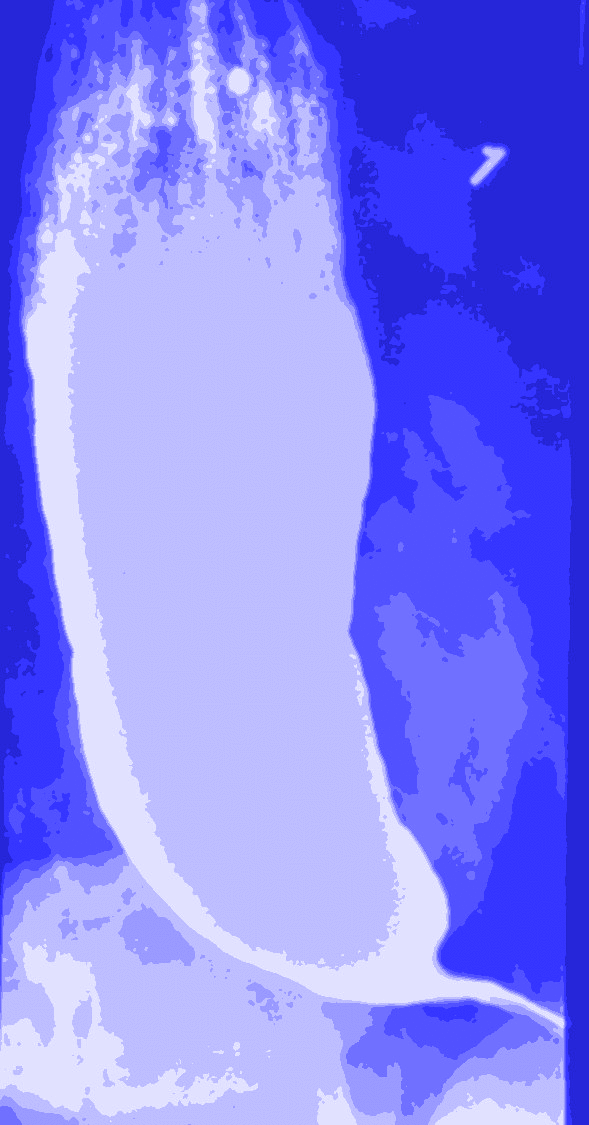POEM Update
- Dr. Steven Horwitz

- Dec 12, 2019
- 2 min read

POEM: Peroral Endoscopic Myotomy
There has been much written about POEM over that last few years.
When you search POEM on Pubmed.gov, an incredible 611 listings appear as of the writing of this post!
This paper, Endoscopic or Surgical Myotomy in Patients with Idiopathic Achalasia, is the most recent in the literature about POEM. As with pretty much all other papers on POEM, it agrees that with a skilled surgeon, POEM is equal to a Heller Myotomy at 2 year follow-up.
The big bugaboo post-surgery for patients who have had POEM is GERD (gastroesophageal reflux).
The paper states, "the incidence of gastroesophageal reflux is much higher after POEM than after LHM, ranging from a doubling to an increase by a factor of nine"
No "anti-reflux procedure" is typically performed with POEM although fundoplication (TIF - transoral incisionless fundoplication) has been introduced.
The paper, Post-POEM reflux: who's at risk?, states, "The POEM procedure preserves the integrity of the phrenoesophageal membrane, longitudinal muscle fibers, diaphragm pillars, and the angle of His, particularly if an anterior myotomy is performed. In theory, by preserving these structures, this technique should lead to significantly less post-operative refux [9]. However, 42% of the patients in this study had refux based on 48-h BRAVO pH study, which increases sensitivity by 22% compared to a 24-h BRAVO pH test."
Pre-operative esophagitis, pre-operative PPI use, and "long-term contact of the esophageal mucosa with food stasis" were associated with post-surgical reflux.
A key point is stated in the paper: "Our finding brings to light another aspect of achalasia pathophysiology: abnormal or absent esophageal peristalsis is not addressed with POEM, nor any current therapeutic interventions for achalasia for that matter."
"The delay in esophageal clearance may produce esophageal reflux symptoms that are difficult to distinguish from GERD. Symptoms of esophageal food stasis can mimic those of GERD, even if an anti-reflux procedure is performed, as is often the case in patients undergoing Heller myotomy. This may explain why persistent reflux is still reported in up to 42% of patients undergoing myotomy for achalasia"
"we have found that > 50% of patients with objective evidence of reflux are asymptomatic [20, 21]. This is perhaps the most alarming finding of our study. It reiterates the importance of post-operative follow-up to identify these asymptomatic patients since they are not exempt of long-term complications of uncontrolled acid exposure such as stricture, esophagitis, and aspiration. We also know that silent reflux is not benign, and can lead to Barrett’s esophagus and ultimately adenocarcinoma [22, 23].
Therefore, we have a few practical recommendations for patients undergoing, and endoscopists performing, POEM: (1) risk of post-operative reflux must be discussed with the patient during the informed consent process, (2) patients should be placed on a PPI post-operatively until an objective pH study is obtained, and (3) all patients undergoing POEM must have a post-operative pH study to assess for reflux, even if asymptomatic. The importance of this test should be emphasized in the preoperative setting to improve compliance"
Please keep following Living With Achalasia for Education and Consulting.









Comments